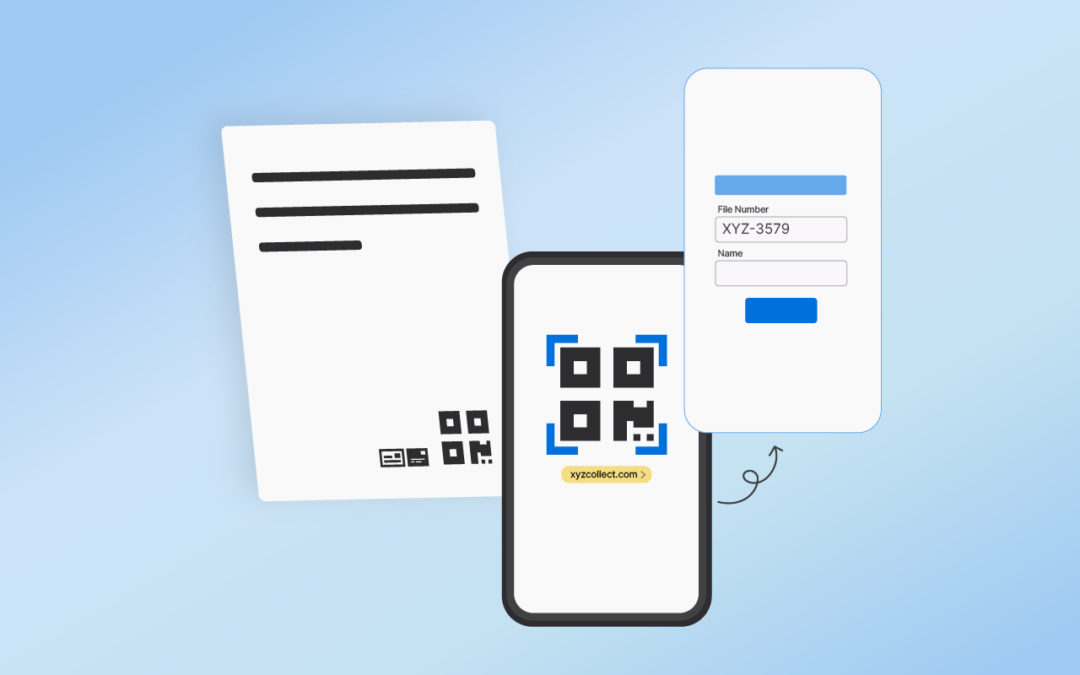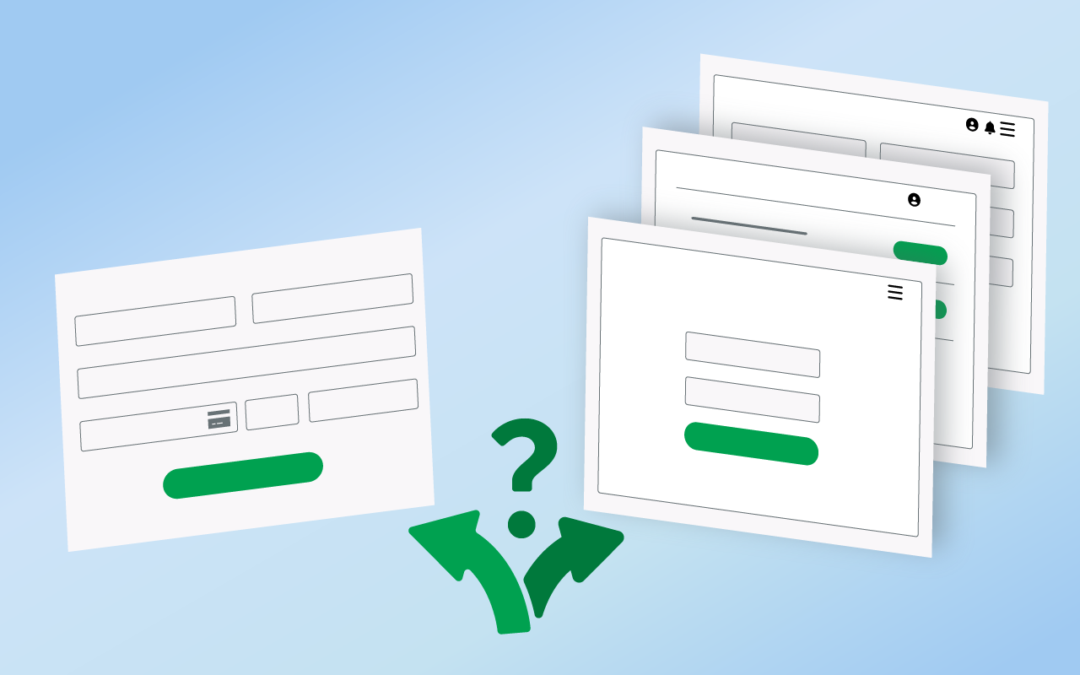When it comes to consumer payments, online payments have advantages for both consumers and collection firms. They’re faster, more secure, and more convenient. Firms often face the challenge of informing consumers of online payment options and subsequently encouraging consumers to pay online rather than mailing or calling in their payment.
Mailed letter campaigns are an opportunity to let consumers know about your various payment options and to encourage consumers to pay online. In this guide, we’ll provide some strategies for using mailed letters to drive online payments.
Why Send Letters in the Age of Digital Communication?
The use of digital communication methods, like email and text messaging is on the rise for collection firms. It’s certainly more convenient and cost-effective compared to mailing letters. While digital communication can be effective at driving payments, sending mailed letters still offers several advantages.
- Higher guarantee of delivery compared to electronic communications, which can be filtered as spam or end up in junk folders.
- Documented paper trail that can serve as evidence of communication. Certain regulations may even require communication via physical mail.
- Tangible reminder of the debt. Mailed letters often carry more weight and seriousness compared to electronic communications. It can grab the recipient’s attention and prompt them to take action.
- Greater perception of legitimacy by some consumers. This reinforces the seriousness of the debt and the urgency of repayment, encouraging timely response and payment.
- Broader reach, especially for consumers who are less likely to engage with digital communication channels. Not all consumers have reliable access to email or regularly check their emails regularly.
- Appeals to consumers who prefer mailed communication for privacy and security reasons, particularly when dealing with sensitive financial matters. Mailed letters offer a level of confidentiality that digital channels may not always guarantee.
- Appears more professional and respectful to some consumers because of the formal tone and presentation.
- Reaches consumers for whom firm doesn’t have accurate or up-to-date contact information or consent to communicate digitally.
Using Letter to Drive Online Payments
You can typically expect an influx of payments after a mailed letter campaign. Since mailed and phone payments can be time-consuming to process, encouraging online payments can reduce the time and effort spent processing payments. Using strategies that are convenient, persuasive, and user-friendly, you can encourage consumers who receive mailed notices to make online payments. Here are some ideas:
- Have a clear call to action. Clearly highlight the option to make online payments in the mailed notices, using attention-grabbing language and prominent placement. Include step-by-step instructions on how to access the online payment portal or website.
- Highlight the benefits of making online payments. Motivate consumers to opt for this option by emphasizing the convenience and security of online payments. Showcasing advantages like faster processing times and the ability to track payment history online encourages consumers to make timely payments.
- Include QR codes for easier access: Include QR codes in the mailed notices that take consumers directly the online portal when scanned with a smartphone. This eliminates the need for manual entry of URLs and simplifies the payment process.
- Offer payment incentives: For example, provide special settlement options or payments plan options to consumers who make immediate online payments.
- Follow up mailed notices with email or SMS reminders prompting recipients to make online payments. Include direct links to the payment portal and emphasize the benefits of online payments, such as convenience and speed. Make sure to comply with Reg F contact timing rules to stay in compliance.
- Gather feedback for improvement. After consumers make online payments, send follow-up surveys to gather feedback on their experience and identify any areas for improvement. Use this feedback to refine the online payment process and enhance user satisfaction.
Consider adopting one or several of these strategies to promote online payments in your next letter campaign. Monitor online volume and analytics following the letter campaign to measure the effectiveness of your strategy. This way you can identify areas for optimization and refine your strategy for your next campaign.




